Rubber pleco - Parancistrus aurantiacus
Scientific name: Parancistrus aurantiacus
Common name: Rubber pleco
Family: Loricariidae
Usual size in fish tanks: 18 - 27 cm (7.09 - 10.63 inch)
014
Recommended pH range: 6.2 - 7.4
Recommended water hardness: 5 - 14°N (89.29 - 250ppm)
0°C 32°F30°C 86°F
Recommended temperature range: 24 - 30 °C (75.2 - 86°F)
The way how these fish reproduce: Spawning
Where the species comes from: South America
Temperament to its own species: peaceful
Temperament toward other fish species: peaceful
Usual place in the tank: Bottom levels
Short description
Parancistrus aurantiacus, known in the aquarium hobby as the Goldie pleco or Golden Parancistrus (sometimes incorrectly sold as “Rubber pleco”), is a robust loricariid from the lower Amazon basin and its tributaries. It is medium-sized (18–27 cm) and famous for its ability to change coloration: from a dark brown base to a striking golden hue. It often shows a camouflage pattern that blends both colors. In aquaria it requires plenty of hiding spots and subdued lighting, otherwise it tends to become shy.
Origin
Native to South America, specifically the lower Amazon River basin in Brazil and adjacent tributaries. It inhabits sandy and rocky shorelines with moderate currents, where it shelters among roots and boulders.
Food and feeding
An omnivorous bottom grazer with a strong preference for vegetable matter. In captivity it accepts high-quality spirulina tablets, wafers, and sinking catfish pellets. Supplement with blanched vegetables (zucchini, peas, spinach) and leafy greens (e.g., lettuce). Occasionally offer animal protein in the form of frozen or live foods (krill, shrimp, mussels), but these should make up only a small portion of the diet.
Sexing
Sexing is not easy based on external traits. Experienced keepers may distinguish them by body shape: females are fuller-bodied, especially when in breeding condition.
Breeding
In home aquaria, Parancistrus aurantiacus is very rarely bred. It is believed to be a cave-spawning species, similar to other plecos: the female deposits eggs in a cavity or cave, and the male guards them, fanning the clutch with his fins. Successful captive spawnings are exceptional and require a very large, stable aquarium with abundant hides and excellent water quality.
Lifespan
With proper care, it can live 10–12 years, sometimes even longer.
Behavior and compatibility
A peaceful species, it gets along well with other non-aggressive fish of similar or larger size. It is not suitable for tanks with very small fish, which it may disturb during nocturnal foraging. Within its own species it is generally non-aggressive, provided there is enough space and hiding places.
Tank requirements
- Tank size: at least 250–300 liters for a single specimen; more for a group.
- Substrate: fine sand or rounded gravel; provide roots, caves, and driftwood.
- Lighting: subdued; floating plants are appreciated.
- Filtration: powerful, with adequate flow and oxygenation.
Care level
A moderately demanding species requiring a large aquarium, stable water parameters, and a balanced diet of plant and animal matter. Hardy when settled but sensitive to long-term declines in water quality.
Pictures
Bought by aqua-fish.net from jjphoto.dk.
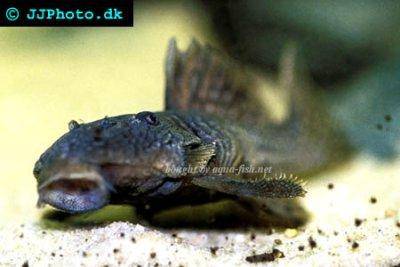





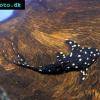 Adonis
Adonis 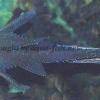 Lyre
Lyre 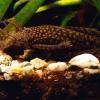 Bristlenose
Bristlenose 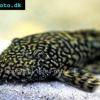 Gold
Gold  Bushymouth
Bushymouth  Spotted
Spotted  Medusa
Medusa  Bristlenose
Bristlenose 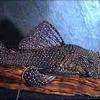 Starlight
Starlight 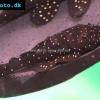 Spotted
Spotted 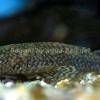 Catfish
Catfish  Bushynose
Bushynose 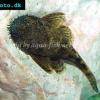 Bristlenose
Bristlenose  Green
Green 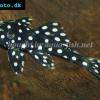 LDA-33
LDA-33 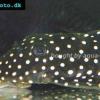 Snowflake
Snowflake 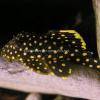 Gold
Gold 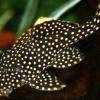 Gold
Gold  Bulldog
Bulldog 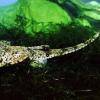 Dasyloricaria
Dasyloricaria  Butterfly
Butterfly 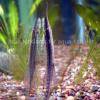 Whiptail
Whiptail 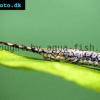 Amazon
Amazon  Twig
Twig 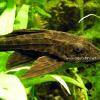 Spotted
Spotted 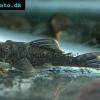 Spotted
Spotted 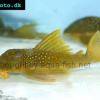 Lemon
Lemon 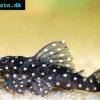 Pleco
Pleco 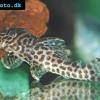 Peruvian
Peruvian 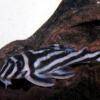 Zebra
Zebra 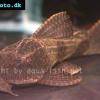 Pleco
Pleco  Hypostomus
Hypostomus 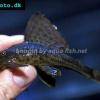 Pleco
Pleco 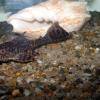 Suckermouth
Suckermouth  Spotted
Spotted  Woodeating
Woodeating  Golden
Golden 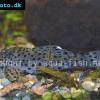 Sultan
Sultan 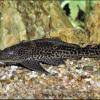 Multiradiatus
Multiradiatus 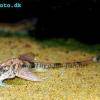 Marbled
Marbled 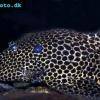 Pleco
Pleco 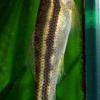 Dwarf
Dwarf 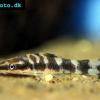 Dwarf
Dwarf 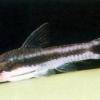 Dwarf
Dwarf  Oxyropsis
Oxyropsis 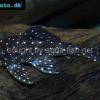 Orange
Orange 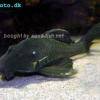 Blue
Blue  Clown
Clown 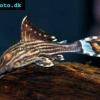 Royal
Royal 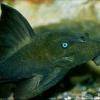 Blue
Blue  Goby
Goby 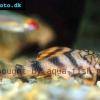 Wormline
Wormline  Para
Para  Tiger
Tiger 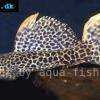 Leopard
Leopard 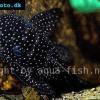 Spiny
Spiny 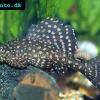 Marbled
Marbled 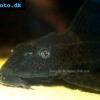 Amazon
Amazon  Common
Common 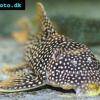 Sunshine
Sunshine  Golden
Golden